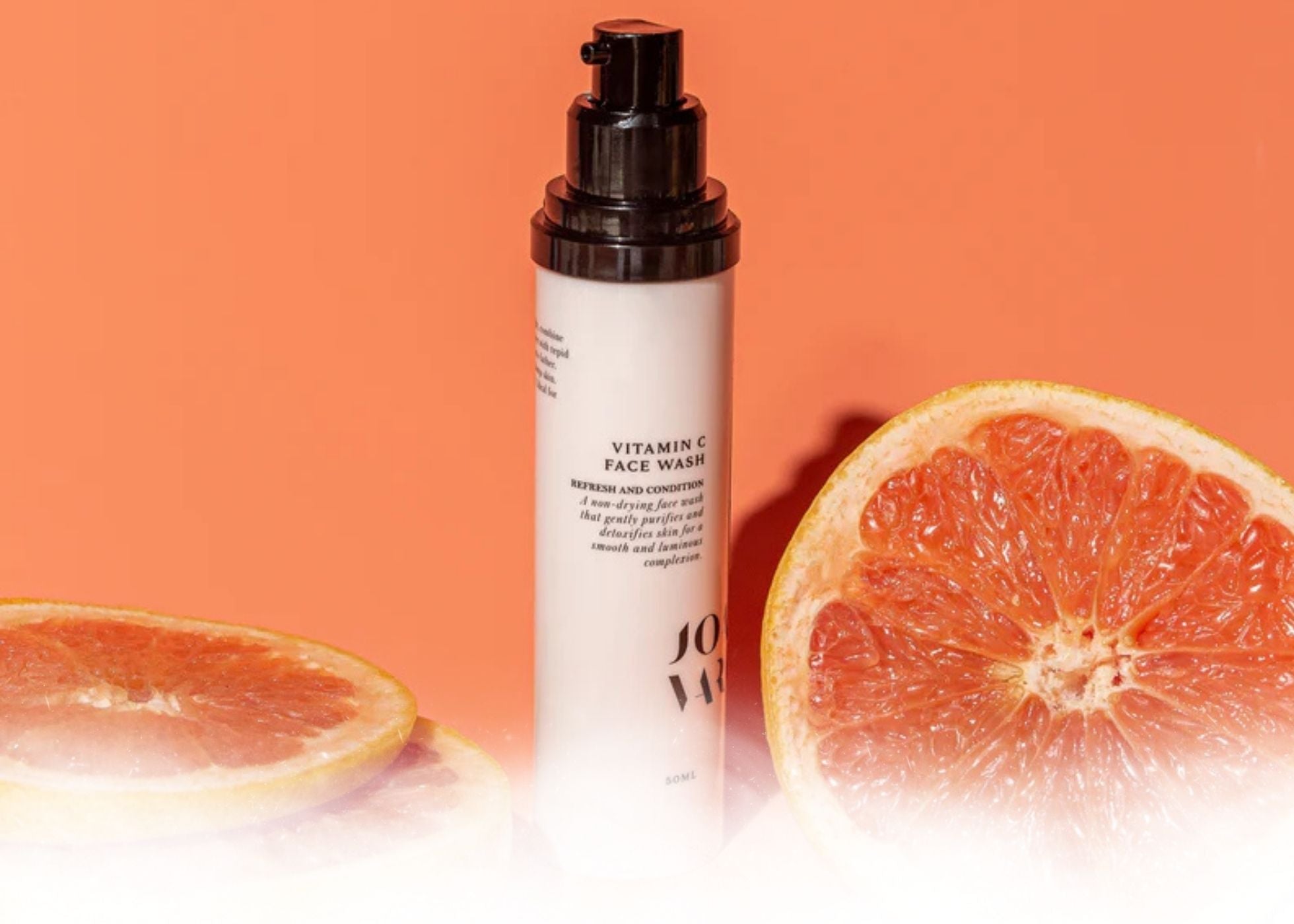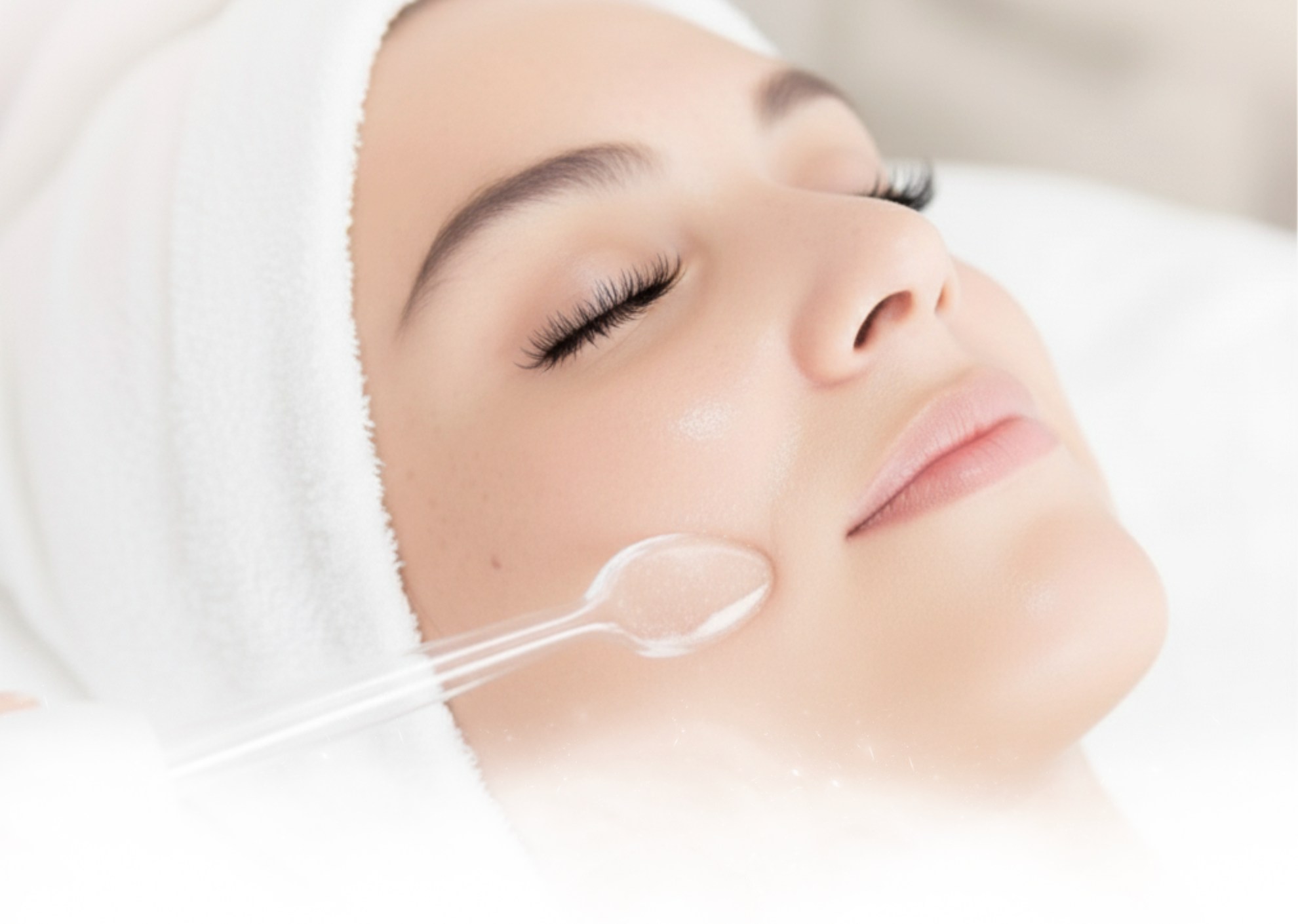What Are the Benefits of Dry Brushing (And How Do I Do It?)

by Jenny Jin from PureWow
Gwyneth Paltrow swears by it. Miranda Kerr loves it. Joanna Vargas (an esthetician who counts Mindy Kaling and Elizabeth Moss as clients) does it daily. Why we're talking about dry brushing, of course: the beloved Ayurvedic skincare practice that’s centuries-old, but still relatively unknown to many of us.
COME AGAIN. WHAT IS DRY BRUSHING?
The name itself pretty much gives it away. Dry brushing is a form of physical exfoliation that involves—you guessed it—moving a brush over your dry skin.
Now we know what you’re thinking: Isn’t that scratchy and uncomfortable? When we first heard about dry brushing, we were skeptical too, but there are many purported benefits so long as you do it right (which we’ll get into below).
WHAT ARE THE BENEFITS OF DRY BRUSHING?
The primary benefit to dry brushing is that it exfoliates your skin. Using a body brush with natural bristles will buff off dead skin cells, which in turn, can help unclog blocked pores and smooth the overall texture of your skin.
The light pressure also stimulates blood flow, which can boost circulation and temporarily reduce the appearance of cellulite. Plus, it can feel pretty darn relaxing once you get the hang of the movements.
Though some proponents of dry brushing (like the aforementioned celebrity fans) say that it also aids in lymphatic drainage and releases toxins from the body, there is little to no research that substantiates those claims.
WHAT ARE THE DRAWBACKS TO DRY BRUSHING?
There aren’t any major drawbacks to dry brushing unless you have sensitive skin or an existing skin condition like eczema or psoriasis, in which case, the bristles can be too abrasive.
You also don’t want to use a dry brush over any nicks, scabs or open wounds, as doing so can spread bacteria, which can lead to infection and slow the healing process.
The main thing to remember when dry brushing is to go easy on the pressure. You always want to use a light, slow, circular motion rather than a vigorous back and forth.
HOW TO DRY BRUSH:
Step 1: Start with bare, dry skin. Treat dry brushing as a relaxing pre-shower ritual, as you will definitely want to rinse off immediately afterward.
Step 2: Hold your brush and begin by brushing the tops of your feet using those light, circular motions we mentioned above. Now, slowly make your way up the calves and thighs, taking it one leg at a time. Note: You can use a slightly firmer pressure on areas where your skin is thicker like your ankles and kneecaps.
Step 3: Continue brushing your way up to your midsection. Start at your back and move to the front, making sure to lighten up your pressure, as the skin here is more sensitive.
Step 4: It’s time to tackle the arms. Start at the backs of your hands and slowly make your way up each limb until you reach the shoulders. Again, you can use a slightly firmer pressure on the elbows but go gentle around the armpits.
Step 5: When you reach your chest area, you want to be extremely gentle; the skin here is much thinner than the rest of your body. (Word to the wise: Skip over the nipples.)
Step 6: Shower as you normally would but double-check that your cleanser isn’t too stripping or aggressive (i.e., a body wash that contains chemical exfoliants like salicylic or glycolic acid). A mild soap or wash is best here and rinse off with lukewarm water.
Step 7: Pat your skin dry and cap it all off with a lightweight body lotion or oil and repeat one to two times a week.
HOW DO I FIND THE RIGHT DRY BRUSH FOR ME?
Given the popularity of dry brushing, there are plenty of options to choose from—at all different price points—and they can easily be found online, at spas and health food stores.
We’ve picked a few of our favorites below to get you started, but the key thing you should always look for in a dry brush is that it has natural bristles. Avoid synthetic bristles, as they can be too harsh on your skin.
Other things to consider are the size of the brush head and whether or not you want a handle. A brush with a long handle is great for reaching your back and behind the shoulders. On the other hand, a smaller brush with a hand strap gives you better control. It all comes down to personal preference.
And no matter which dry brush you end up choosing, make sure you keep it clean. We recommend washing the bristles with soap and rinsing them thoroughly after each use. Always set it out to dry (ideally in direct sunlight), but at a minimum, remove the brush from your bathroom, where there’s more humidity.







